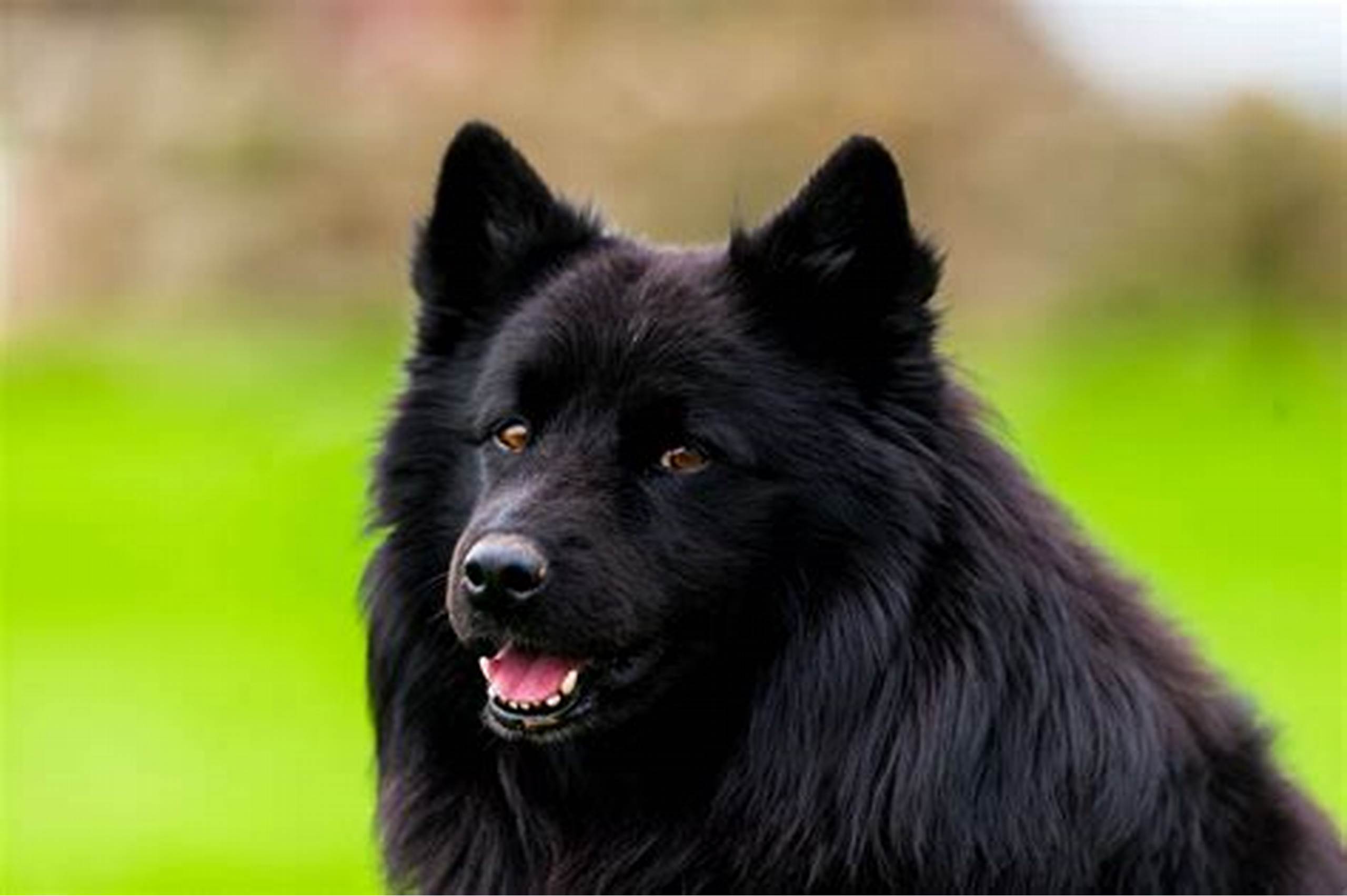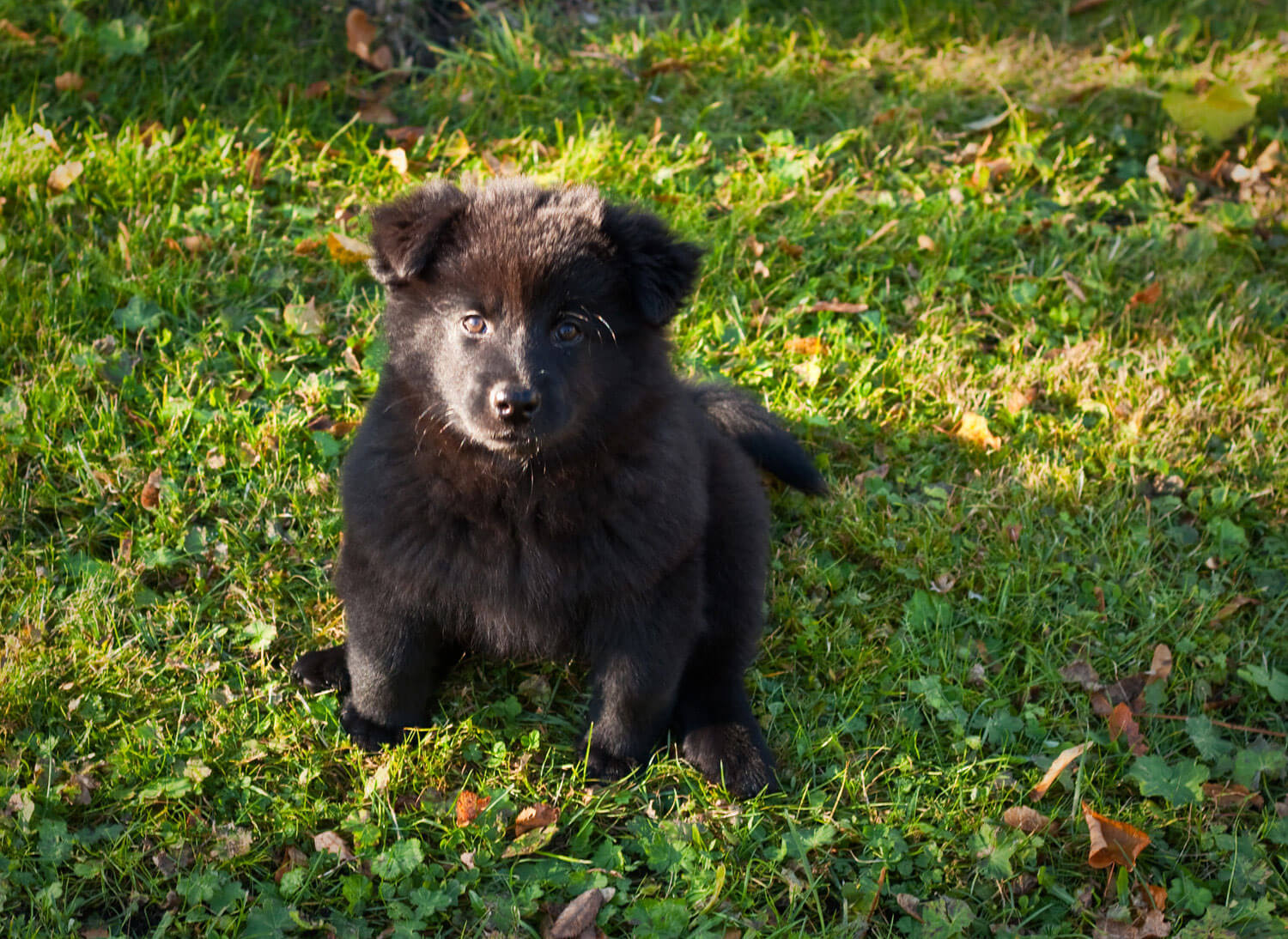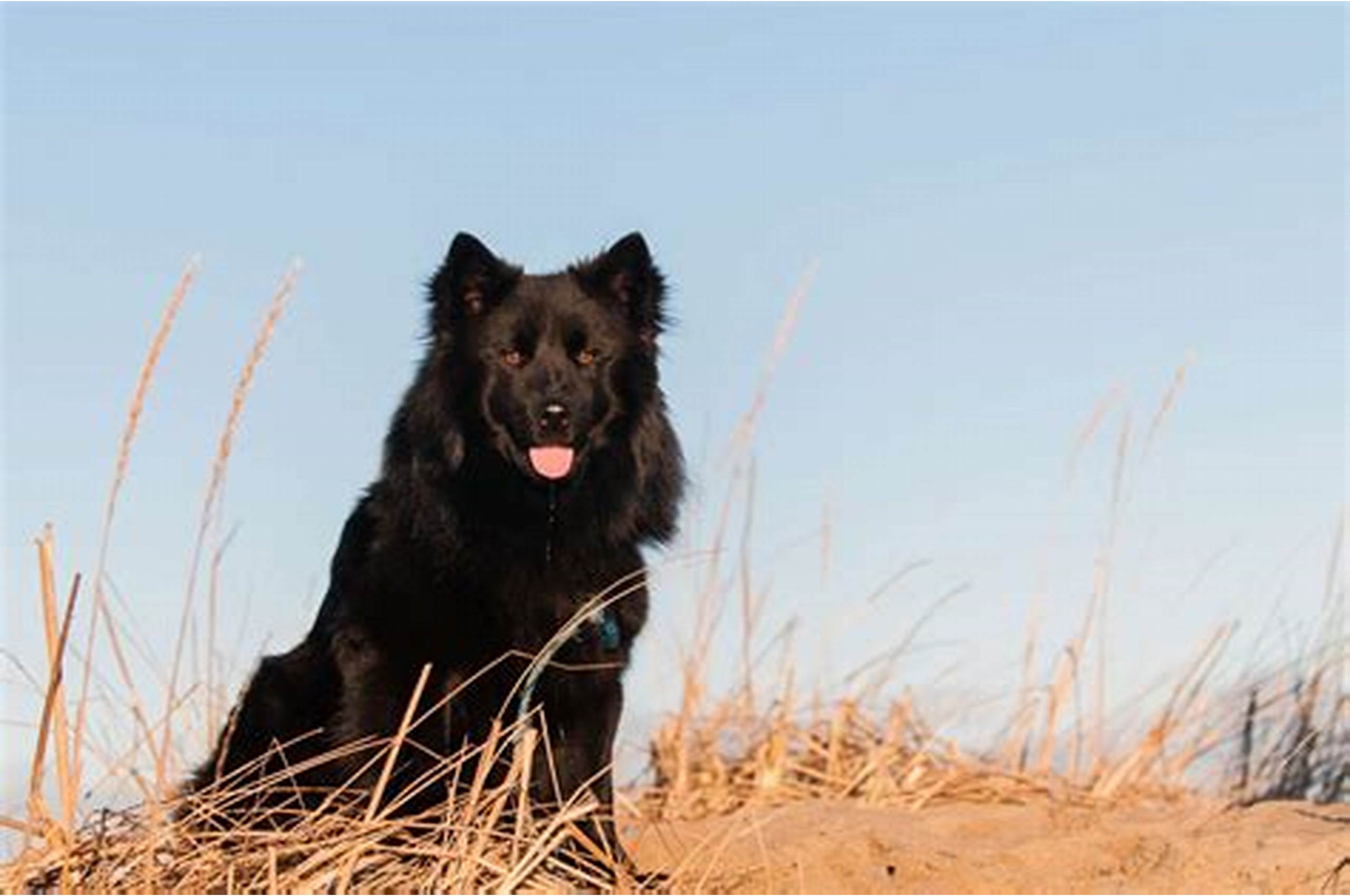Swedish Lapphund: The Faithful Nordic Herding Dog

History of the Swedish Lapphund
The Swedish Lapphund is one of Sweden’s oldest native dog breeds, with origins tracing back thousands of years among the indigenous Sámi people of Lapland. Traditionally used to herd and guard reindeer, this versatile spitz-type dog also served as a watchdog, hunting companion, and loyal family member in the harsh Arctic climate.
Considered a part of the ancient Nordic spitz family, the Swedish Lapphund is recognized as Sweden’s national dog. The breed was formally acknowledged by the Swedish Kennel Club in 1903 and later by the Fédération Cynologique Internationale (FCI). It remains prized for its intelligence, resilience, and lively personality.
Popularity of the Swedish Lapphund
While still relatively rare outside of Scandinavia, the Swedish Lapphund enjoys steady popularity in Sweden, Finland, and Norway, particularly among those interested in herding, dog sports, and active companionship. Breed enthusiasts appreciate its versatility, striking appearance, and affectionate nature.
Increasing global interest in Nordic breeds and spitz-type dogs is slowly helping the Swedish Lapphund gain recognition internationally.
Physical Traits of the Swedish Lapphund
The Swedish Lapphund is a medium-sized, well-built spitz-type dog with a lush coat and keen expression.
• Height: 16.5–20.5 inches (42–52 cm)
• Weight: 30–45 pounds (14–20 kg)
• Build: Compact, square, and agile
• Coat: Dense, double coat with a soft undercoat and a harsh, straight outer coat; abundant mane and feathering
• Color: Always solid black (sometimes with bronzing or small white markings on chest and toes)
• Head: Broad with a slightly domed skull and well-defined stop
• Eyes: Medium, dark brown, and expressive
• Ears: Triangular, erect, and slightly rounded at the tips
• Tail: Set high and curled over the back
Their thick, weather-resistant coat and bright, alert expression make them both striking and functional in harsh climates.
Behavioral Traits of the Swedish Lapphund
Swedish Lapphunds are lively, devoted, and intelligent dogs with a strong work ethic.
• Affectionate: Deeply bonded to family, friendly with children and other pets
• Energetic: Thrives on activity, play, and mental engagement
• Alert: Excellent watchdog; naturally vocal and attentive
• Intelligent: Quick learners; excel in obedience, agility, and herding tasks
• Versatile: Adaptable to various activities, from herding to scent work
They enjoy being part of the family and thrive with interaction, purpose, and companionship.

Why Choose a Swedish Lapphund?
The Swedish Lapphund is ideal for:
• Active individuals or families who enjoy outdoor adventures and dog sports
• Owners seeking a loyal, energetic, and intelligent companion
• Those who appreciate spitz breeds with striking looks and lively personalities
• Homes interested in herding, agility, obedience, or scent-based activities
However, it may not be ideal for:
• Sedentary households or people seeking a low-energy pet
• Owners unprepared for consistent grooming needs
• Those intolerant of occasional vocalizing (they tend to “talk” and bark)
Caring for Your Swedish Lapphund
This active breed thrives with regular exercise, training, and social interaction.
• Exercise: Moderate to high; daily walks, play, and mental stimulation
• Training: Quick to learn; benefits from early, consistent positive reinforcement
• Grooming: Moderate; weekly brushing, heavier grooming during seasonal shedding
• Living Environment: Best suited to homes with yards or regular outdoor access; adapts to cold climates
• Feeding: Balanced, high-quality diet for medium, active breeds
Mental stimulation through games, training, and scent work helps prevent boredom-related behavior.
Health Considerations
The Swedish Lapphund is generally robust but may be prone to:
• Hip dysplasia
• Progressive Retinal Atrophy (PRA)
• Patellar luxation
With responsible breeding and care, the typical lifespan is 12 to 14 years.

Comparisons to Similar Breeds
• Finnish Lapphund: Closely related and similar in function; Finnish Lapphunds come in more varied coat colors and are slightly larger.
• Norwegian Buhund: Smaller, shorter-coated, and more independent; both are lively and intelligent.
• Icelandic Sheepdog: Smaller and lighter; both are vocal and agile herding breeds with thick coats.
Is the Swedish Lapphund Right for You?
If you want an energetic, loyal, and versatile companion who can keep pace with your outdoor activities and participate in dog sports or herding, the Swedish Lapphund could be a perfect fit. They offer both beauty and brains, wrapped in a lively, affectionate package.
Prospective owners should be prepared to invest time in exercise, training, grooming, and family interaction.
Getting a Swedish Lapphund
Given its rarity outside Scandinavia, finding a Swedish Lapphund may require contacting specialized breeders or breed clubs in Sweden, Finland, or Norway. Health-tested litters and early socialization are essential.
United Pet Club offers microchip registration, grooming guides, and health resources tailored to spitz-type and working breeds.
